This post may contain affiliate links. Please read our disclosure policy. As an Amazon Associate, I earn from qualifying purchases.
Meet the frosting that does it all: Italian Meringue Buttercream. It’s silky, stable, and not tooth-achingly sweet. Unlike American buttercream, which can be dense or overly sweet, this recipe has a fluffy, almost mousse-like texture that’s rich and creamy. It holds up beautifully in warm weather and pipes like a dream. This frosting is as dependable as it is refined.
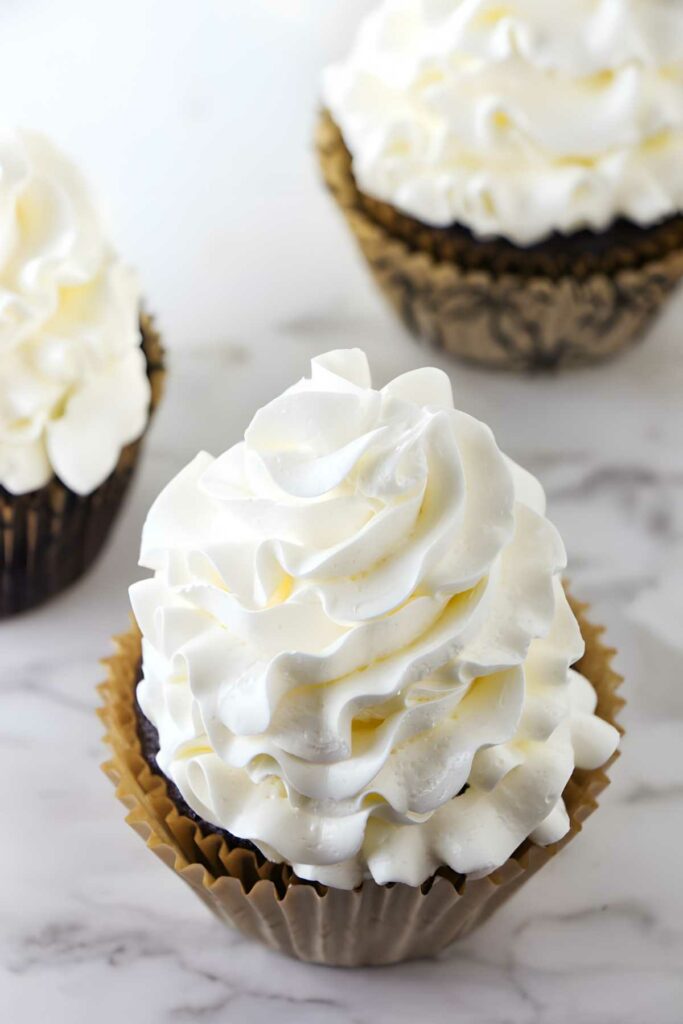
Here’s Why This Italian Meringue Buttercream Recipe Works
Stable and heat-resistant: Thanks to the cooked sugar syrup, this buttercream holds up in warmer temps way better than your average frosting.
Silky-smooth texture: Whipping hot syrup into meringue creates a buttercream that’s ultra-light and silky without a hint of greasiness. (Need help with the meringue part? Here’s our full guide to Italian meringue.)
Less sweet than most: All the buttery flavor, none of the sugar overload, your teeth will thank you.
Endlessly customizable: From fruit purées to chocolate or even a splash of booze, this buttercream plays well with just about anything.
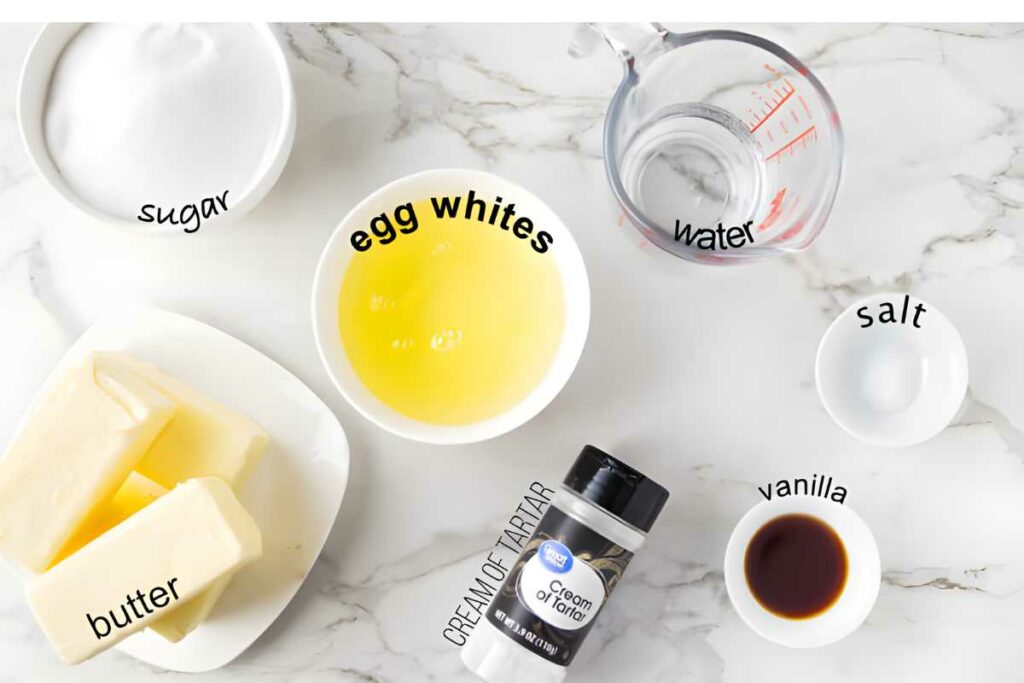
Recipe Tips
Nail the syrup temp: Aim for 240°F to 243°F. Too low and your buttercream will be soupy. Too high and you’ll end up with a grainy texture. A candy thermometer isn’t optional here, it’s essential.
Use room-temp butter (but not too soft): 68°F to 70°F is the sweet spot. You want it soft enough to leave an indent with your finger, but still slightly firm. If your butter is too warm, or if the egg whites are still hot, it won’t emulsify. You’ll get a slippery, sloppy mess instead of a smooth buttercream.
Avoid syrup splatter: Don’t pour the hot syrup directly onto the beaters or it’ll spin into sugar strings on the bowl walls. Instead, drizzle it slowly down the side of the bowl while the mixer’s running. If that’s tricky, try this workaround: stop the mixer, pour a small amount, then beat for a few seconds. Repeat until it’s all in.
Whip until cool: Keep that mixer going while the meringue cools to room temperature before adding butter. It’ll help your buttercream turn out lighter and fluffier.
Got leftover egg yolks? Don’t toss them. Make lemon curd or chocolate chip egg yolk cookies.
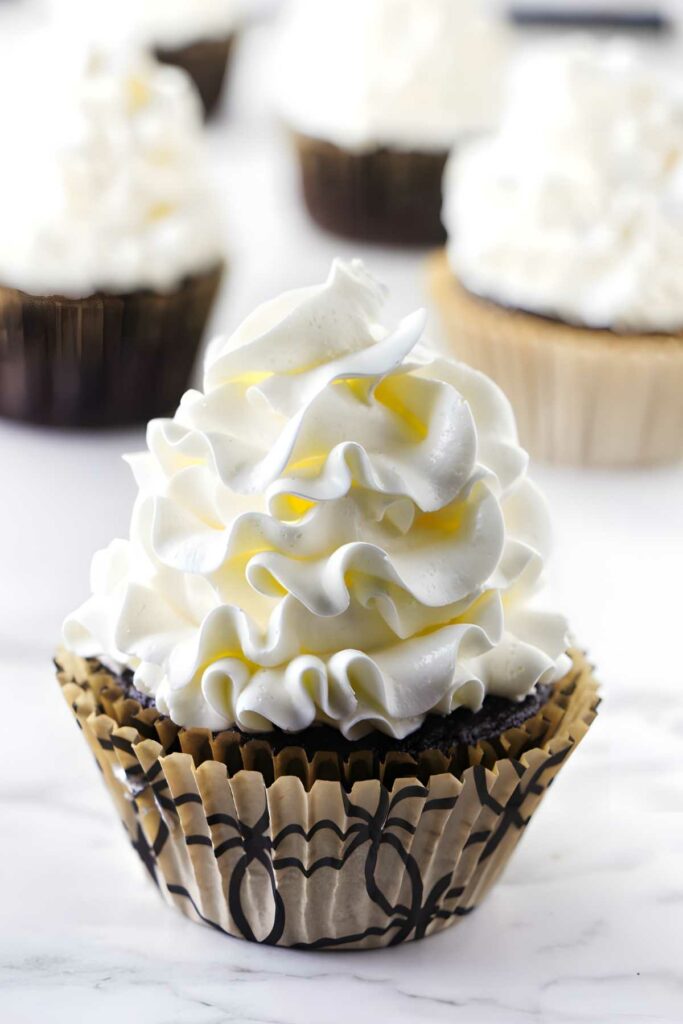
If you’re curious about other less-sweet frostings, check out our Ermine Frosting. It’s old-school, velvety smooth, and made without any meringue.
Pin this now to find it later!
Pin It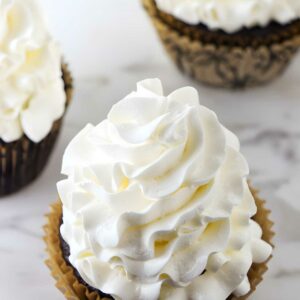
Italian Meringue Buttercream
If you make this recipe, please leave a star rating and comment.
Ingredients
- ⅓ cup water
- 1 ½ cups granulated sugar, divided
- 5 egg whites, room temperature
- ¼ teaspoon cream of tartar
- 1 pound butter, softened but slightly cool, 454 grams
- 1 teaspoon vanilla extract
- ¼ teaspoon salt
Instructions
Make the syrup:
- Place 1-¼ cups of sugar and the water in a saucepan. Stir to combine then stop stirring.
- Bring to a boil over medium-high heat and attach a candy thermometer to the side of the pot. You will let the syrup boil until it reaches between 238°F to 245°F.
Whip the egg whites:
- While the syrup boils, place the egg whites and cream of tartar in a mixing bowl. Stir to incorporate the cream of tartar and keep the mixer on low speed.
- Keep an eye on the candy thermometer. When the syrup reaches 230°F to 235°F, switch the mixer to medium-high speed to whip the egg whites.
- When the egg whites reach soft peaks, slowly add the remaining 1/4 cup sugar and continue beating until they reach stiff peaks.
Pour the syrup into the egg whites:
- As soon as the syrup reaches between 240°F to 245°F, remove it from the stove and slowly drizzle the syrup into the meringue. Keep the mixer on medium to medium-high speed while you drizzle in the syrup.
- Once all the hot syrup is added, beat the mixture on high speed for 2 minutes.
- After 2 minutes, beat on low speed until the mixture comes to room temperature. It can take about 15 to 20 minutes for the mixture to cool down. You can stop the mixer and place the meringue in the fridge but the texture of the buttercream always seems to be slightly fluffier if you keep the beaters going while the meringue cools down.
Add the butter:
- Place the mixer on medium speed and add the butter 1 to 2 tablespoons at a time. Beat for about 3 to 5 seconds after each addition. After a few tablespoons of butter, the mixture will start to look thin and sloppy but just keep beating and slowly adding the butter.
- When all the butter is added, beat in the salt and vanilla. Continue to beat the buttercream until it is light and fluffy.
- At this point, you can use the buttercream as it is or you can add flavorings. See below for variations.
VARIATIONS:
White Chocolate buttercream:
- Melt 8 ounces of white chocolate slowly over a double boiler. Let the chocolate come to room temperature then beat it into the buttercream. Since white chocolate has a higher melting point than butter, adding white chocolate to the buttercream will make it more stable in extremely hot weather. Perfect for a summer wedding cake!
Chocolate Buttercream:
- Melt 6 ounces bittersweet chocolate, let it cool, then beat it into the buttercream. Adding bittersweet chocolate to the buttercream will make it more stable in hot weather.
Tipsy buttercream (with alcohol):
- Add up to 3 ounces of liqueur such as Grand Mariner, Amaretto, Chambord, or Cointreau.
Fruit flavored buttercream:
- Add ¾ cup of fruit puree or lemon curd. You can also add 1/2 cup to 3/4 cup of jam or jelly but the buttercream will be slightly sweeter if you use jam.
Notes
Nutrition
Nutrition information is automatically calculated, so should only be used as an approximation.
 Like this recipe? Rate & comment below!
Like this recipe? Rate & comment below!Storing Leftovers
Refrigerate: Store in an airtight container for up to 2 weeks. Let it come to room temp and re-whip before using to bring back the silky texture.
Freeze: Transfer to a freezer-safe container and freeze for up to 3 months. Thaw overnight in the fridge, then re-whip until smooth.
Italian Buttercream
If you’re after a frosting that’s elegant, versatile, and actually holds its shape, Italian Meringue Buttercream is your ride-or-die. It’s a little more effort, sure, but the payoff is a frosting that feels grown-up and tastes like a dream. You’ll never look at powdered sugar frosting the same way again.
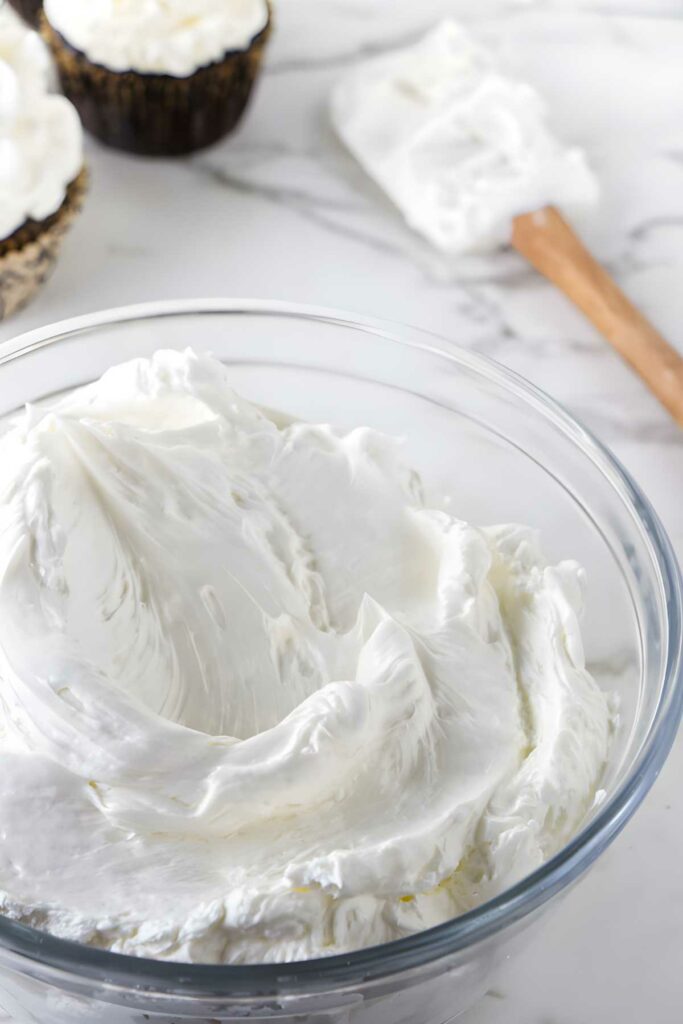
This is my go-to buttercream and it is about time I share it with you. I am not a professional cake decorator but I occasionally dabble with fun cake designs. Most of the time, I choose to make this buttercream because it is so reliably stable, creamy, and easy to work with. It also holds up well under my marshmallow fondant.

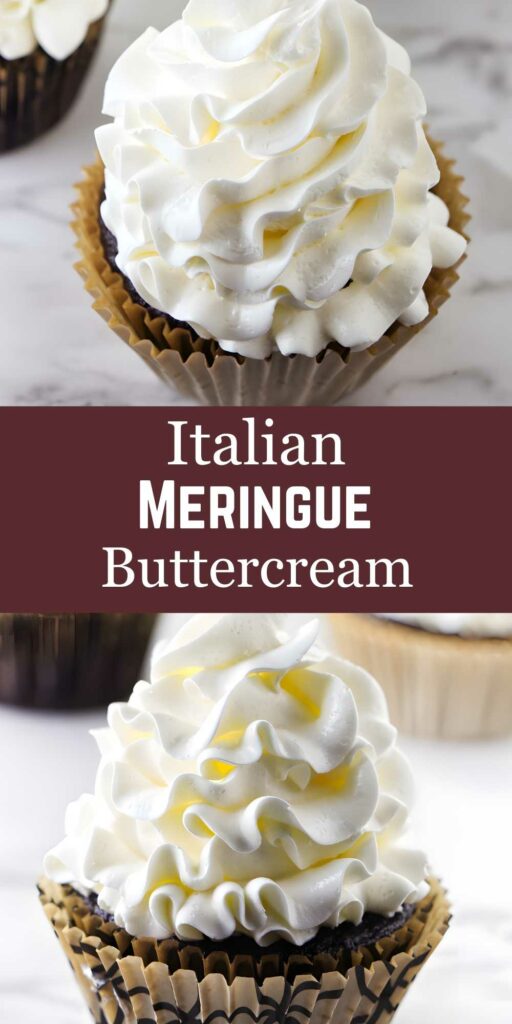
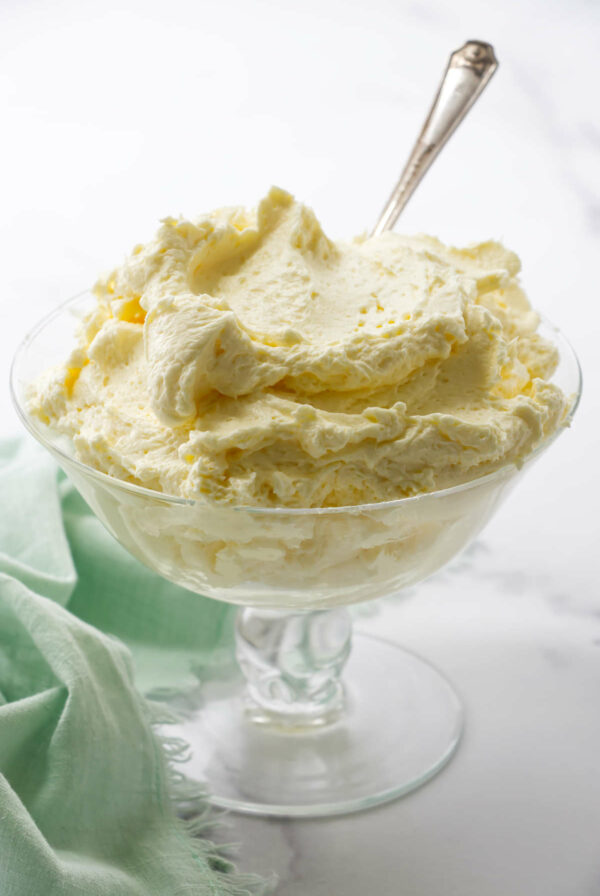
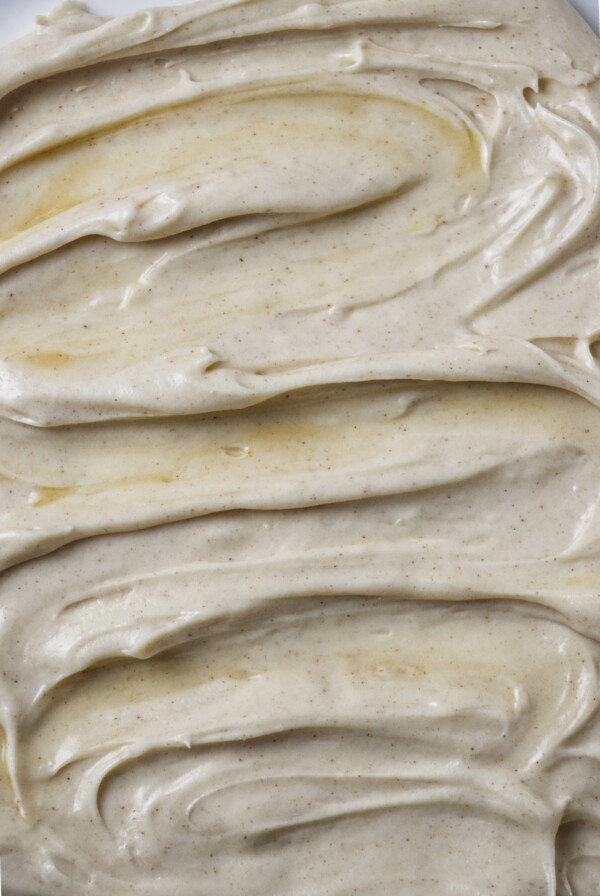
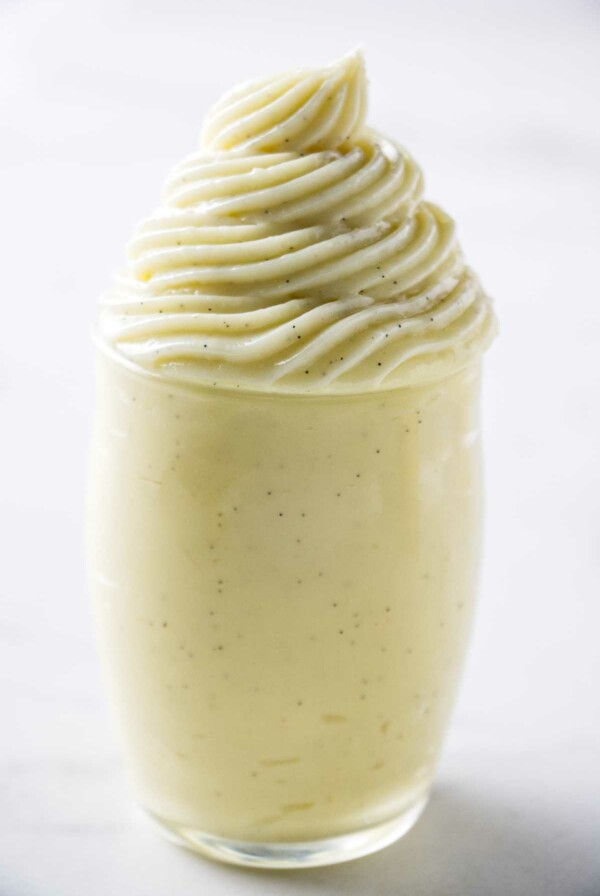
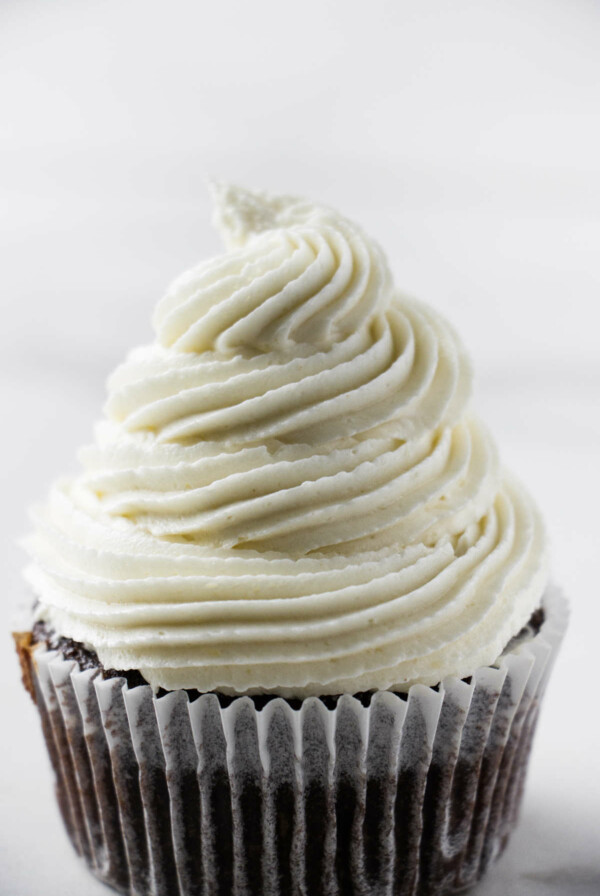










Is this thick enough to make a barrier around the edge of a layered cake to be able to fill with a raspberry filling and it not spill out?
Yes, it is! I have used this in a lot of wedding cakes and it holds up beautifully. Thanks for the question.
This looks like an awesome recipe! Do you use salted or unsalted butter?
Great question. I use whatever I have on hand. I tend to purchase salted butter because it tastes better. No matter what type of butter I have used (salted or unsalted), the buttercream tastes delicious. There has never been enough salt in any salted butter that I have tried that makes the buttercream taste too salty. A side by side taste test of the buttercream with salted vs. unsalted butter is very difficult to distinguish and if pushed to choose, people tend to choose the one made with salted butter.
May I ask you one other question? I have never been successful adding melted chocolate to buttercream because the chocolate always hardens into small bits. Someone told me to add ganache because it would not be as likely to harden. I tried it and it worked for me. My question is if I add bittersweet chocolate ganache to the Italian Meringue buttercream recipe, do you know how much I should add? Since the recipe calls for 6 oz of bittersweet chocolate, and if I did a 1:1 ratio for the ganache, should I add 12 oz of the ganache to the buttercream so that I will still have the 6 oz of chocolate? Thanks.
That would work but the extra cream could make the buttercream a bit softer. You might want to try 6 ounces of chocolate and 3 ounces of heavy cream.
Thank you for the detail that you provide on this recipe. I have a question. I have read some recipes where sugar is not added to the egg whites and some where it is, like your recipe. Could you tell me the reason for adding some of the sugar to the egg whites? I am just curious. I was that 2 year old child that asked “Why?” 50 times per day. 🙂
Sugar helps stabilize the egg whites and keeps them from collapsing. Thanks for the question
Would it be ok to use almond extract instead of vanilla for a different flavor?
Absolutely. Almond extract would be delicious but I would cut back a bit on the amount. You might want to start with 1/2 teaspoon of almond extract then taste it to see if you want more. Almond extract tends to have a prominent flavor in buttercream. You may also want to put a splash of vanilla extract along with the almond extract because they play very well together.
Can you make this in advance?
Yes, you can. It gets very firm when you chill it in the fridge. Let it sit out for a few hours to get soft and spreadable then whip it with a mixer to fluff it up a bit. You can also freeze it for a few months. If you freeze it, let it thaw in the fridge overnight then let it sit at room temperature to get soft.
I seriously would eat anything you cook and bake, Dahn. The cupcake looks so good with that velvety creamy frosting!
angiesrecipes
http://angiesrecipes.blogspot.com
Oh thanks Angie, I wish you lived next door, I would share 😉